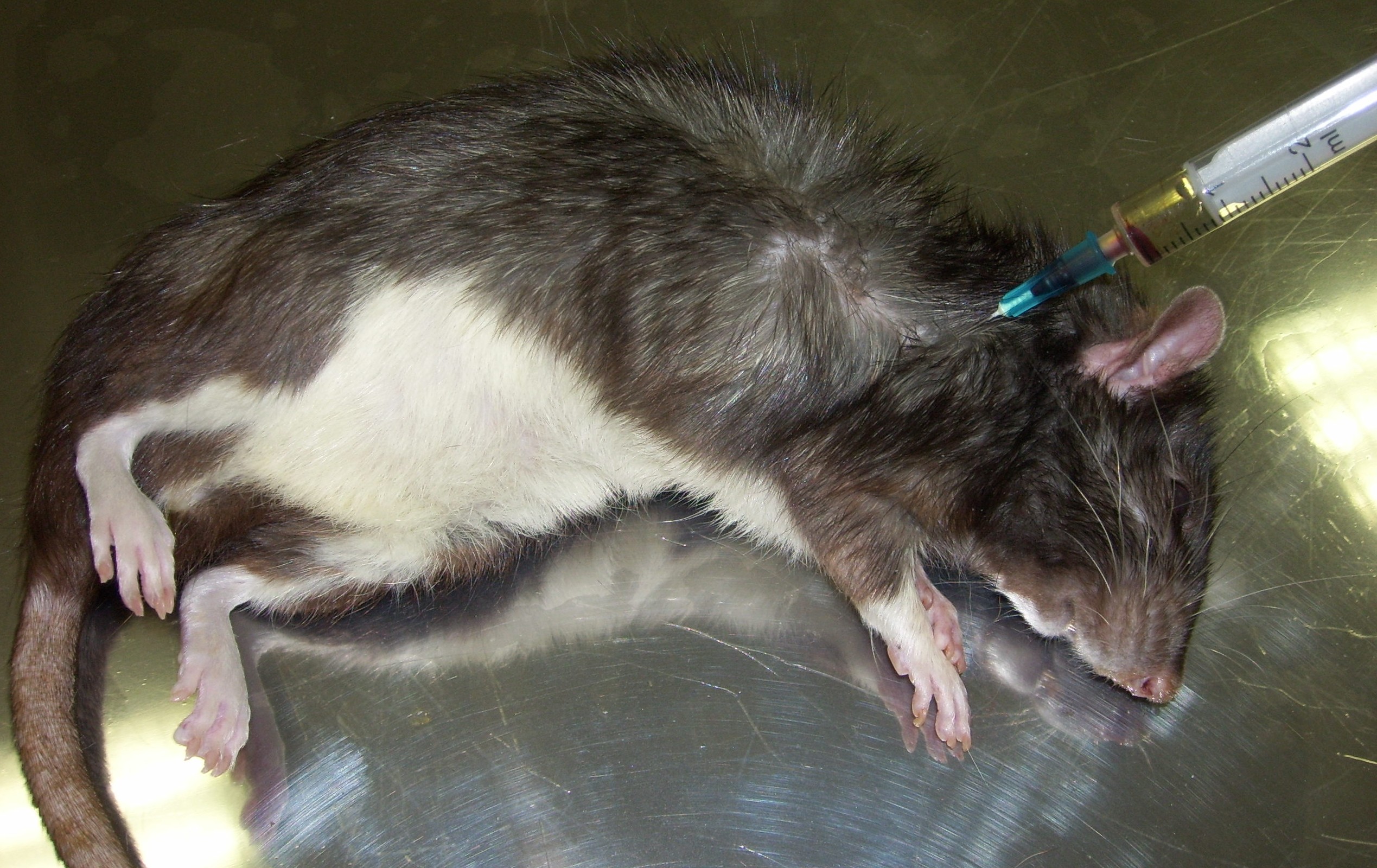
Lauren Dempsey, MS in Biomedicine and Law, RN, FISM News
[elfsight_social_share_buttons id=”1″]
Researchers claim to have found a way to heal damaged tissue through an injectable biomaterial, allowing the body to heal from the “inside out”.
The team of researchers, led by scientists at the University of California San Diego (UCSD), presented their research results in Nature Biomedical Engineering, detailing not only how the team bio-manufactured the new product, but also the success in rodent and large animal models.
“This biomaterial allows for treating damaged tissue from the inside out,” explained Karen Christman, a professor of bioengineering at the UCSD, and the lead researcher on the team that developed the material. “It’s a new approach to regenerative engineering.”
Regenerative engineering is the use of biomaterial to regenerate and restore damaged tissues or organs due to disease, congenital defects, trauma, or aging. The biomaterial created by researchers at UCSD reduces tissue inflammation and promotes cell and tissue repair and could be beneficial to patients with traumatic brain injuries, heart attacks, and pulmonary arterial hypertension.
The team wanted to create a substance that could be used immediately after a heart attack, especially when timing is of the essence. This study built off of previous research and the production of a hydrogel that was made from the extracellular matrix, a complex system of proteins and molecules that hold cells together in tissue.
Hydrogel was injected into damaged heart muscles through a catheter, which would then form a framework in the damaged areas, allowing repair of the heart muscle and new cell growth. However, there were limitations to its use. Hydrogel has to be directly injected into the heart muscle and cannot be used immediately. This is because it could create more damage to the heart.
It was with this in mind that the team created a product that could be infused intravenously into the heart while other interventions were also in place. The researchers put the liquid precursor of the hydrogel through a centrifuge, which kept nano-sized particles and removed particles that were too big to target leaky blood vessels.
The resulting material was put through dialysis and sterile filtering before being freeze-dried and turned into a powder. When needed, this powder can be mixed with sterile water and injected or infused.
“We sought to design a biomaterial therapy that could be delivered to difficult-to-access organs and tissues, and we came up with the method to take advantage of the bloodstream — the vessels that already supply blood to these organs and tissues,” said Martin Spang, the paper’s first author, who earned his Ph.D. in Christman’s group in the Shu Chien-Gene Lay Department of Bioengineering at the UCSD Jacobs School of Engineering.
The researchers induced heart attacks in rodents and pigs to test the biomaterial, finding that when injected the material attached itself to damaged endothelial cells, closing the gaps, encouraging healing, promoting normal blood flow, and reducing tissue inflammation.
The team also found that inflammation and damage in other areas of the body could be treated using the same biomaterial, although testing for this is still in the preclinical phase of research.
“While the majority of work in this study involved the heart, the possibilities of treating other difficult-to-access organs and tissues can open up the field of biomaterials/tissue engineering into treating new diseases,” Spang said.
The team plans to request authorization from the U.S. Food and Drug Administration (FDA) to start human clinical trials based on the success of the animal models. The team is hopeful that human clinical trials to establish safety and efficacy could start in the next few years.
